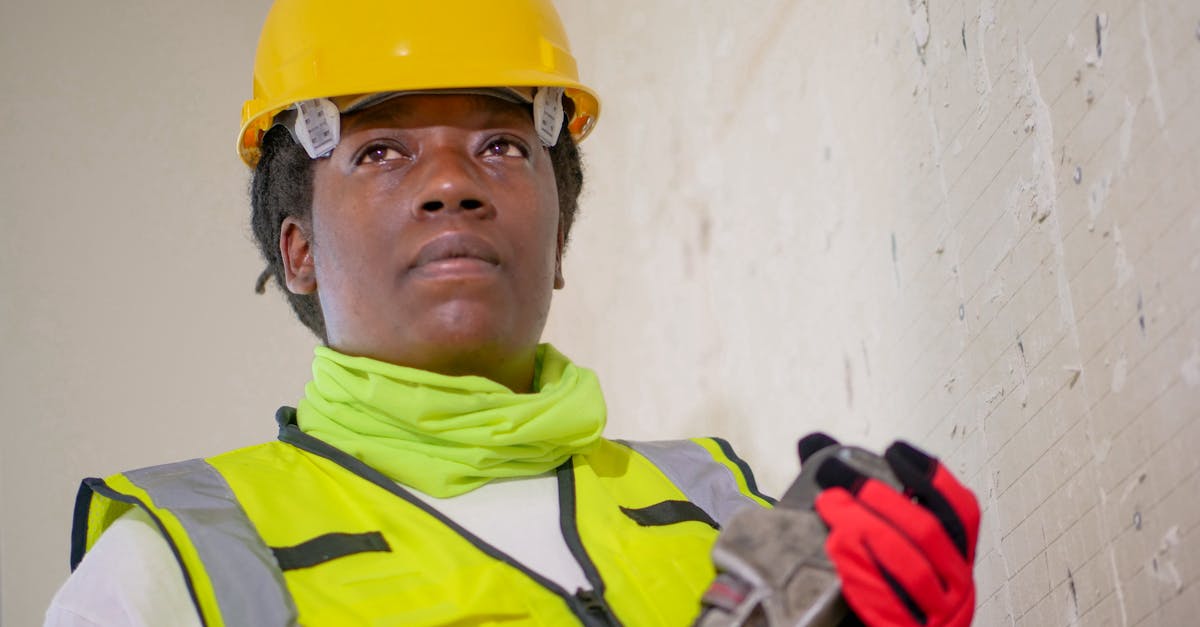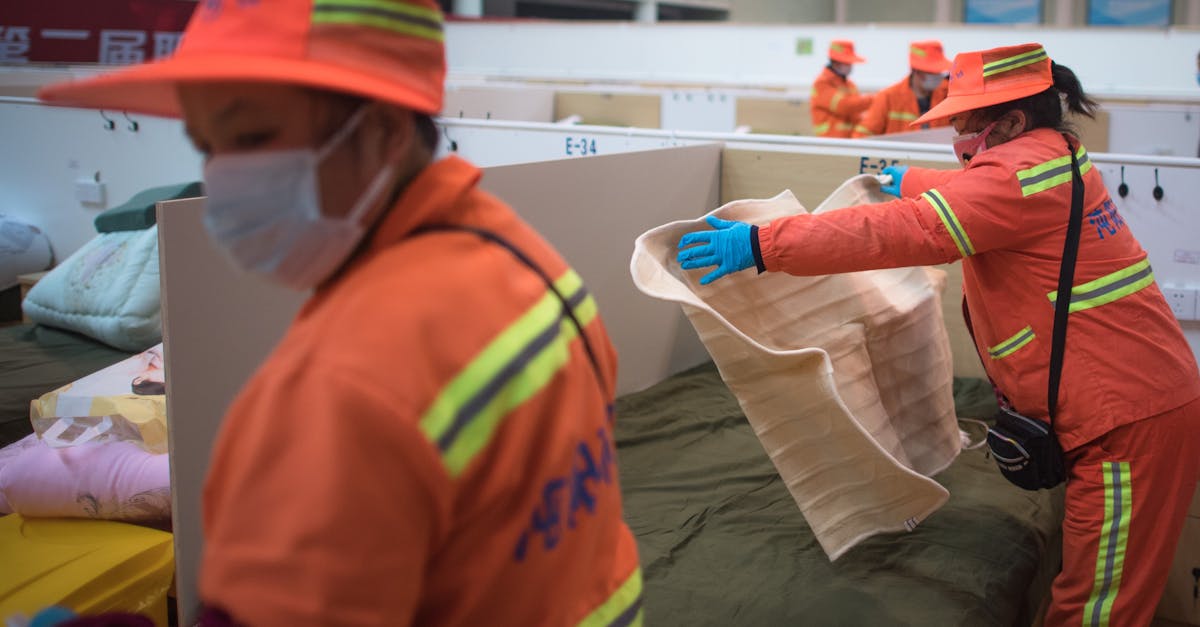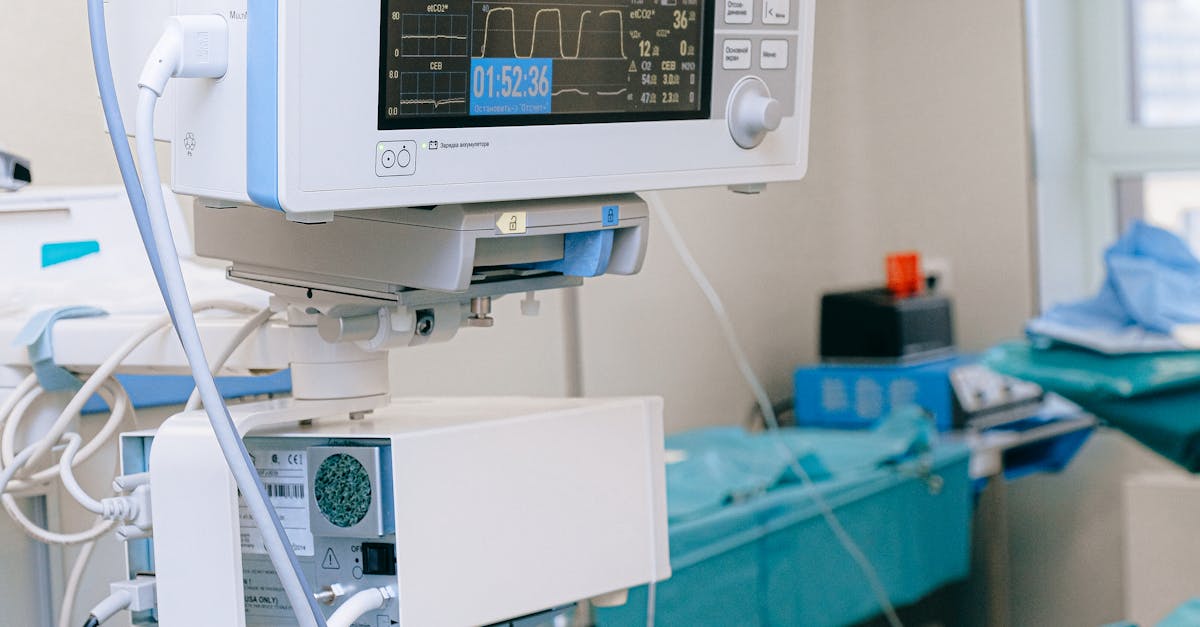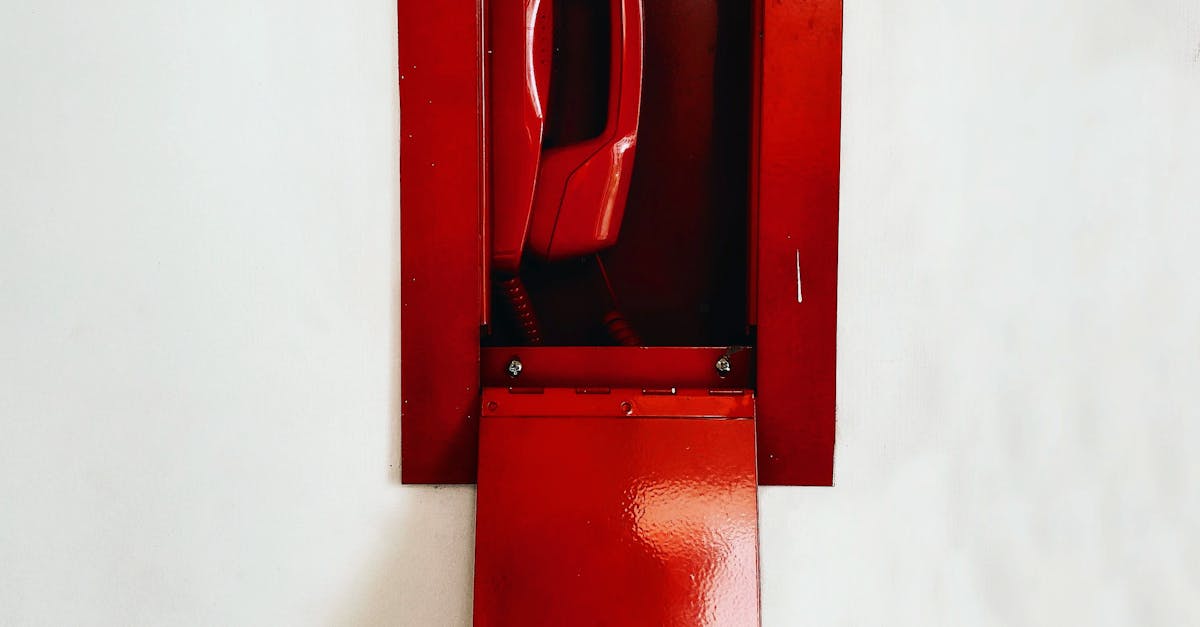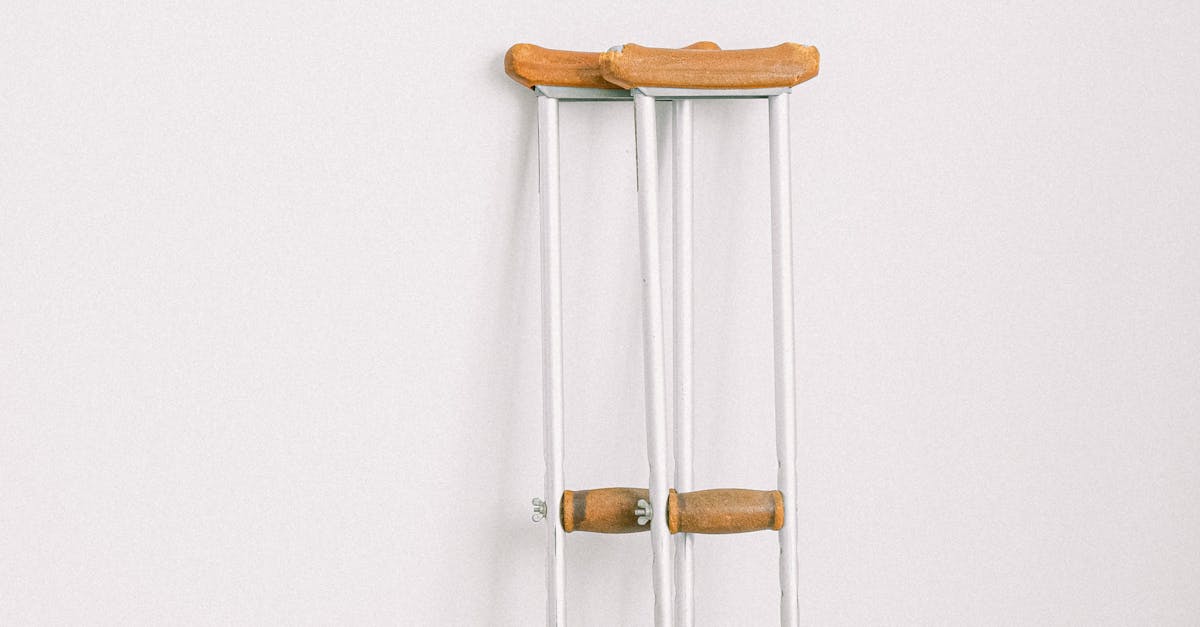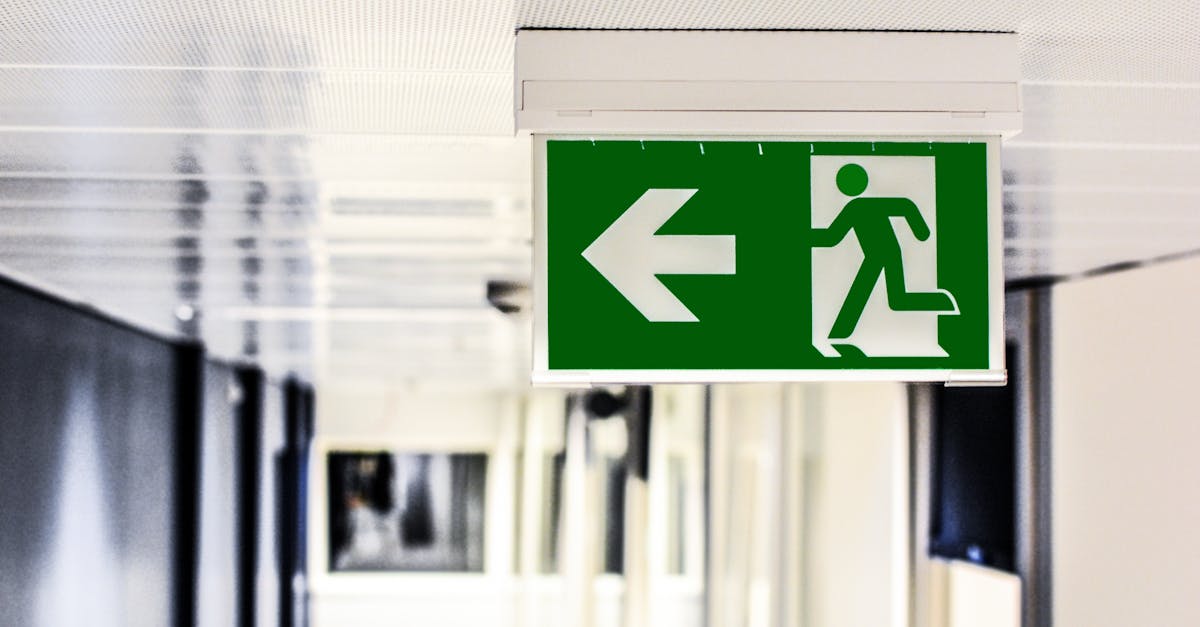
Table Of Contents
Plumbing Augers
Plumbing augers, commonly referred to as drain snakes, are essential tools in the plumber's arsenal for effectively unblocking drains. These devices consist of a long, flexible coil that can navigate through the twists and turns of piping systems. Once inserted into a blocked drain, the auger’s spiral end can grab and break up clogs caused by hair, grease, and other debris. With various sizes available, plumbers select the appropriate auger based on the diameter of the pipe and the nature of the blockage.
The process of drain cleaning with an auger is straightforward yet effective. As the operator turns the handle, the coil moves through the pipe, allowing it to reach deeper into the obstruction. The design of the auger ensures it can both break apart solid blockages and remove debris without causing damage to the plumbing system. This method not only clears current blockages but also helps maintain the overall health of drain lines by preventing future clogs from forming.
Working Mechanism of Plumbing Augers
Plumbing augers, also known as drain snakes, are vital tools used for drain cleaning. These devices consist of a flexible metal cable with a coiled tip designed to break through and remove clogs in pipes. When a plumber inserts the auger into a drain, the cable rotates and burrows deeper into the pipeline. This motion allows the coiled tip to latch onto debris, hair, grease, or any obstruction causing the blockage. As the auger is turned, it can either break apart the clog or pull it out of the drain, restoring proper flow.
The effectiveness of plumbing augers lies in their ability to navigate the bends and curves found in most plumbing systems. By applying a steady force and rotation, they can reach areas that are otherwise inaccessible with simple tools. This versatility makes augers particularly useful for various drain cleaning tasks, from kitchen sinks to toilet drains. Plumbers often combine the use of augers with other techniques, ensuring comprehensive drainage solutions that tackle a wide range of blockages efficiently.
Pipe Inspection Technology
Advancements in pipe inspection technology have transformed the way plumbers approach drain cleaning. Traditional methods often involved guesswork, leading to unnecessary excavation and damage. Today, professionals utilise tools such as CCTV cameras that allow for detailed visual inspection of pipes. These cameras can navigate through the systems, capturing real-time footage that reveals blockages, cracks, and other issues. This technology not only enhances accuracy but also saves time and resources, providing a clearer picture of what needs to be addressed.
The integration of this technology into plumbing practices has significant benefits for both plumbers and homeowners. By identifying problems early, drain cleaning can be focused and efficient, reducing the likelihood of larger issues developing. Moreover, the ability to provide a visual report empowers plumbers to explain the condition of the pipes to clients more effectively. This transparency fosters trust and helps homeowners make informed decisions about maintenance and repairs.
Benefits of CCTV Drain Surveys
CCTV drain surveys offer significant advantages for identifying and addressing issues within drainage systems. With the ability to visually inspect the inside of pipes, plumbers can accurately diagnose problems such as blockages, cracks, and tree root intrusions. This technology eliminates the need for invasive digging and reduces the time needed to locate the source of a problem, making it an efficient option for drain cleaning.
Additionally, these surveys provide a permanent record of the pipe's condition. This documentation proves invaluable for future reference, allowing homeowners and plumbers to monitor changes over time. Regular CCTV assessments can help identify potential issues before they escalate, saving time and money on repairs. The combination of thorough inspection and preventive measures enhances the overall effectiveness of drain cleaning efforts.
Preventative Measures
Implementing preventative measures can significantly reduce the likelihood of blocked drains. Regular drain cleaning helps maintain the flow of water and prevents the accumulation of debris. It is advisable to develop a routine inspection schedule for plumbing systems, allowing for early detection of potential issues. Educating household members about what can and cannot be washed down the sink is crucial. Items such as grease, hair, and food scraps can cause severe blockages if not disposed of correctly.
Using sink strainers can also contribute to effective prevention. These simple devices catch food particles and debris before they have a chance to enter the drainage system. Flushing drains with hot water occasionally may help dissolve grease build-up and keep pipes clear. By combining these practices with regular drain cleaning, you can significantly minimise the risks of experiencing drainage problems in the future.
Tips for Avoiding Blocked Drains
Preventing blocked drains requires a proactive approach to managing what goes down your pipes. It is essential to avoid disposing of grease, fat, or food scraps in kitchen sinks. These substances can solidify and create stubborn clogs over time. Regularly using a strainer can also help catch debris in shower and sink drains, reducing the likelihood of blockages.
In addition to mindful disposal habits, routine drain cleaning is vital for maintaining clear pipes. Consider scheduling professional inspections to identify potential issues before they escalate. Flushing drains with hot water occasionally can also clear minor buildups. Being consistent with these preventative measures can save time and money while keeping your plumbing system in good condition.
FAQS
What tools do plumbers primarily use to unblock drains?
Plumbers typically use tools such as plumbing augers, plungers, and high-pressure water jetters to effectively unblock drains.
How does a plumbing auger work?
A plumbing auger works by using a flexible, coiled metal wire that can be inserted into pipes. It rotates to break up or retrieve blockages, allowing for better flow through the drain.
What is pipe inspection technology?
Pipe inspection technology involves using CCTV cameras to inspect the interior of pipes and drains. This allows plumbers to identify blockages, leaks, or damage without invasive digging.
What are the benefits of using CCTV drain surveys?
Benefits of CCTV drain surveys include accurate diagnosis of problems, reduced need for excavation, and the ability to visually document the condition of the plumbing system for future reference.
How can I prevent my drains from becoming blocked?
To prevent blocked drains, avoid disposing of grease, hair, and food scraps down the sink. Regularly clean your drains and consider using drain covers to catch debris.
